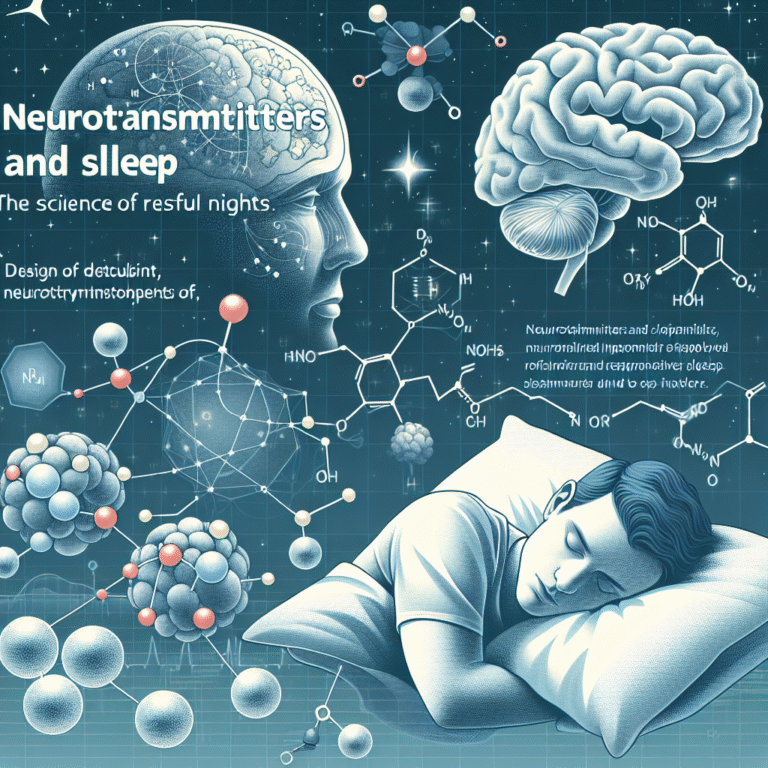Introduction
In a world where physical health is celebrated and mental well-being is often overlooked, many individuals face an invisible battle that manifests through bodily symptoms without any clear medical explanation. Welcome to The Silent Struggle: Living with Psychosomatic Illness. This is not merely a medical anomaly; it’s a complex interplay of mind and body that affects countless lives. Imagine waking each day with debilitating fatigue, persistent pain, or gastrointestinal distress, only to be told that “everything looks normal.” This article serves as a roadmap to understand the nuances of psychosomatic illness, offering insights, real-world examples, and practical advice for those grappling with this often-misunderstood condition.
Understanding Psychosomatic Illness
What is Psychosomatic Illness?
Psychosomatic illnesses are disorders where psychological factors significantly influence physical symptoms. The term “psychosomatic” combines two fields: the psyche (mind) and soma (body). Essentially, these conditions arise when emotional and psychological stress manifests in physical symptoms, even when no underlying medical cause is found.
Common Symptoms
Symptoms of psychosomatic illness can vary widely, ranging from chronic pain, fatigue, and headaches to digestive issues. Here’s a table summarizing some common psychosomatic conditions:
| Symptom | Possible Psychosomatic Conditions |
|---|---|
| Chronic Pain | Fibromyalgia, tension headaches |
| Fatigue | Chronic fatigue syndrome, anxiety |
| Digestive Issues | Irritable bowel syndrome (IBS), nausea |
| Skin Disorders | Eczema, psoriasis |
| Respiratory Issues | Asthma, hyperventilation syndrome |
The Mind-Body Connection
The link between mental health and physical well-being is increasingly supported by research. Stress, anxiety, and unresolved emotional conflicts can lead to physiological changes in the body. This could range from hormonal fluctuations to chronic inflammation.
The Silent Struggle: Case Studies
Case Study 1: Jessica’s Pain
Background: At 27, Jessica was an ambitious marketing executive. However, recurring headaches and muscle pain forced her to take sick days frequently.
Analysis: Jessica’s symptoms began after a significant career change where she felt immense pressure to succeed. This stress translated into chronic pain, illustrating the concept of psychosomatic illness—her body was responding to the psychological stress of her new job.
Case Study 2: Mark’s Digestive Distress
Background: Mark, a 35-year-old teacher, experienced severe gastrointestinal issues. Medical tests returned normal, but he found himself rushing to the bathroom multiple times during the day.
Analysis: After several therapy sessions, Mark and his psychologist uncovered that his symptoms flared during periods of heightened anxiety, particularly during parent-teacher conferences. This case emphasizes how emotional stressors can lead to real physical symptoms, reinforcing The Silent Struggle: Living with Psychosomatic Illness.
Case Study 3: Alice’s Allergies
Background: Alice, a 40-year-old freelancer, developed allergies to outdoor elements, which severely limited her activities.
Analysis: Stress related to financial insecurity exacerbated her symptoms. Therapy helped Alice manage her anxiety, gradually leading to a reduction in her allergy symptoms. This illustrates how emotional well-being actively interacts with physiological responses.
The Importance of Diagnosis
Seeking Help
Psychosomatic conditions often go undiagnosed due to misconceptions and stigma. Many individuals may feel embarrassed or invalidated, fearing that their symptoms are “all in their head.” However, recognizing The Silent Struggle: Living with Psychosomatic Illness is crucial for effective treatment.
Treatment Approaches
-
Integrated Care: A holistic approach is essential. Treatment may include psychotherapy, medication, and lifestyle changes.
-
Cognitive Behavioral Therapy (CBT): CBT has shown success in helping individuals understand and reframe their thought patterns concerning pain and illness.
-
Mindfulness and Meditation: Techniques focusing on the present can offer relief by reducing stress and improving mental health.
- Support Groups: Connecting with others who face similar challenges fosters understanding and promotes coping strategies.
Coping Strategies for the Silent Struggle
1. Recognizing Triggers
Identifying and understanding what emotional stresses lead to physical symptoms is crucial. Keeping a journal can help.
2. Developing a Support System
Friends, family, or professional support groups can offer comfort and validation. Sharing experiences can alleviate feelings of isolation.
3. Engaging in Relaxation Techniques
Practices such as yoga, meditation, and deep-breathing exercises can help manage stress and mitigate symptoms.
4. Advocating for Yourself
Educating yourself about psychosomatic illness empowers you to communicate effectively with healthcare providers, ensuring you receive comprehensive care.
Living with Psychosomatic Illness: Testimonials
Testimonial 1: Sarah’s Journey
“I spent years dismissed by doctors, feeling like a burden. Finally, I found a therapist who listened and validated my experiences. The Silent Struggle: Living with Psychosomatic Illness became a part of my story, but I learn to cope every day.”
Testimonial 2: David’s Victory Over Anxiety
“Understanding that my anxiety was manifesting physically freed me from shame. With therapy and lifestyle changes, I control my psychosomatic symptoms and embrace life.”
Conclusion
The journey through The Silent Struggle: Living with Psychosomatic Illness is fraught with challenges but is undeniably valuable. By acknowledging the mind-body connection, advocating for one’s needs, and seeking comprehensive care, individuals can reclaim or enhance their quality of life.
Encourage open conversations about psychosomatic illness—raise awareness! You are not alone in this fight. There are pathways to a healthier, more fulfilled existence that harmonize both mind and body.
FAQs
1. What are the common misconceptions about psychosomatic illness?
Many believe that psychosomatic symptoms are “all in your head.” This dismisses the real pain and suffering experienced by individuals and undermines the serious interplay between mental and physical health.
2. Can psychosomatic illnesses be cured?
While they may not be “cured” in a traditional sense, symptoms can be managed effectively through therapy, lifestyle changes, and coping strategies.
3. How do I approach a healthcare provider about my symptoms?
Prepare by documenting symptoms and their triggers. Express your feelings openly and advocate for a multidisciplinary approach to care.
4. Are children and adolescents affected by psychosomatic illnesses?
Yes, psychosomatic conditions can affect individuals of any age. It’s pivotal for caregivers to recognize symptoms and seek appropriate emotional and psychological support.
5. What role does stress management play in treatment?
Effective stress management helps alleviate symptoms. Techniques such as mindfulness, yoga, and breathing exercises can significantly reduce the impact of psychosomatic conditions.
By tackling The Silent Struggle: Living with Psychosomatic Illness, we can shed light on an often-misunderstood reality, promoting awareness and compassion for all those affected.
















